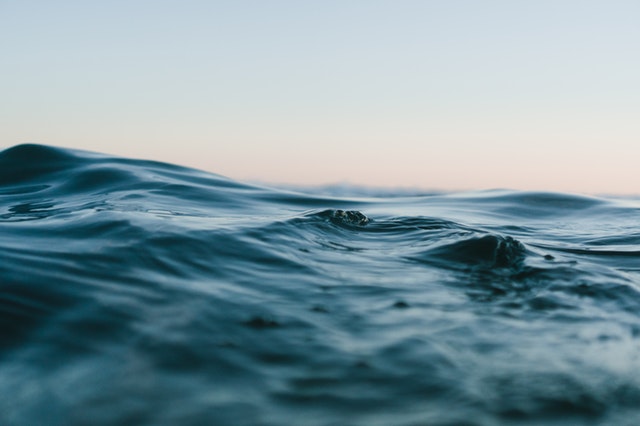Executive Summary
Is there a writing style that’s better for online?
Every kind of journalism and every kind of writing style can be found online. That includes news writing, feature writing, interviews, and so forth. There is no distinctive style of writing particular to the internet. Writing on the Internet follows the same rules as writing for any other journalistic medium. However, there are several things worth noting.
When writing for the web, tell the story upfront. For it to work across all possible platforms and devices, it needs to be told in essence in the first four paragraphs, around 70 words. On the internet, headlines, subheads, and teasers play a more important role. They have to entice the viewer to click on the story and read more. They must also contain several key words, or tag words such as water, sanitation, wastewater treatment, so that the article can be found by search engines. This factsheet provides tips for headlines, teasers, and the story itself.
The headline
The headline sums up the article topic linked to water and sanitation issues.
The headline is short.
The headline is never boring.
The headline is easy to understand.
The headline might use relevant catchwords.
The headline does not use long phrases.
The teaser
The teaser entices readers into the story.
The teaser gives an idea of the story’s angle.
The teaser makes the reader curious.
The teaser begins the story and brings the reader in.
The story
Broadly speaking, an online story can be analyzed in the following four ways:
Information: Is the story easy to understand and clear?
Optics: Is the text easy to read? Are there subheads and paragraphs?
Quality: Is the most important information at the top? Is the story precise and to the point? Are there links to further information within the story?
Feeling: Did I enjoy reading the story? Did the story entertain or inform me, or both?
Search engine optimization (SEO)
In order to make a story easier to find on the Internet, it should contain the following elements:
- A headline
- Subheadings
- Links to further information
- Important catchwords and key phrases
- Pictures with captions
Checklist
- Is the most important information at the top? Have the five ‘W’s and the ‘H‘ (see factsheet "Researching Water Stories") been answered?
- Have catchwords been used?
- Keep it simple: Is the text short and easy to read, and does it use active language?
- The movie in the reader’s head: Does the text tell a story?
- Who is the target audience? Think about them and what they might want.
- Has this story been optimized for search engines?
- Is the information current? Online articles are never finished - check that the information is completely up-to-date.
- Have online opportunities been taken up? For instance, through linking to other information, linking to social media?
Shortcuts to Journalism: The Basics of Print, Online and Broadcast Reporting
When basic questions about journalism come up, this handbook, written and produced by Media in Cooperation and Transition (MICT), provides clear, brief and precise answers. Shortcuts to Journalism isn’t just for journalists – it’s also helpful for non-journalists. Download the English version here or the Arabic version here.
Schmidt, E., Tirok, M. and Bösch, M. (2016): Shortcuts to Journalism: The Basics of Print, Online and Broadcast Reporting. Berlin, Germany: Media in Cooperation and Transition gGmbH PDFBBC Academy: Writing for the Web
This section provides you with an overview of the basics of writing news online, covering language, style, visual appeal and how to avoid making mistakes.
Life without Toilets: the Photographer tackling a global Taboo
Andrea Bruce’s prize-winning images from India, Haiti and Vietnam document the deeply sensitive issue of open defecation, which affects 1.1 billion of the world’s poorest people.
Plastic Pollution: Single Use Plastic Impact on our Oceans
This online guide provides comprehensive facts and figures of plastic pollution, the impact on our oceans and marine life, and much more.
https://sloactive.com/plastic-pollution/ [Accessed: 06.06.2018]This online guide provides comprehensive facts and figures of plastic pollution, the impact on our oceans and marine life, and much more.


